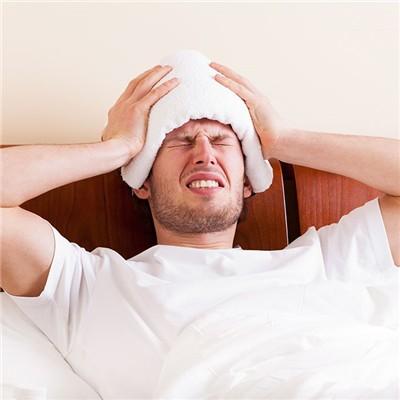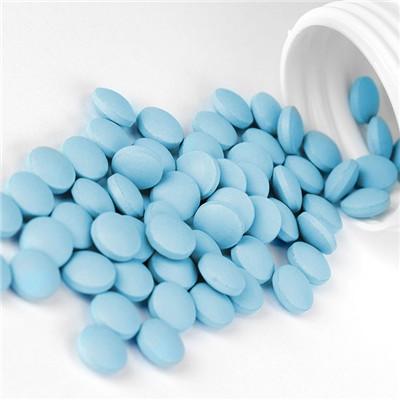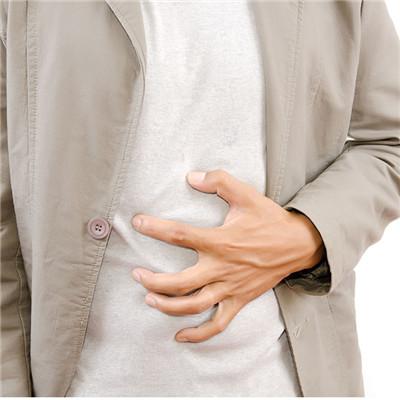Which department is vasovagal syncope?
summary
Vasovagal syncope means that all kinds of stimulation, through vagus nerve mediated reflex, lead to dilation and bradycardia of small blood vessels of internal organs and muscles, sudden dilation of peripheral blood vessels, reduction of venous blood flow back to the heart, which makes the heart have the reflex action of accelerating and strengthening contraction, Some people will over stimulate the vagus and parasympathetic nerves, and then cause sudden slowing of heart beat and peripheral vascular dilation, resulting in lower blood pressure and brain hypoxia. It is a syndrome characterized by arterial hypotension with transient loss of consciousness, self recovery, and no signs of nerve localization. Let's share the Department of vasovagal syncope?.
Which department is vasovagal syncope?
First: vasovagal syncope to see cardiovascular department, there is still a lack of vasovagal syncope specific treatment methods and drugs. For some high-risk groups without prodromal symptoms, who often have sudden syncope and fall, especially those who have repeated trauma or are often exposed to vulnerable environment, preventive treatment is needed. The goal of treatment is to reduce the frequency of severe syncope and reduce trauma. There are many ways to treat vasovagal syncope, which vary from person to person.

Second, education and lifestyle improvement. Vasovagal syncope is often triggered by certain factors, some of which may only occur under certain circumstances. Therefore, we should do a good job in the propaganda and education of patients and their families, try to avoid these trigger factors, try to stop the drugs that can cause postural hypotension. Once the occurrence of syncope precursor symptoms, patients should immediately lie flat, which can avoid trauma and prevent the occurrence of syncope. It has been reported that in patients with recurrent vasovagal syncope, flexion and extension of arms and legs during prodromal symptoms can help to prevent syncope, which may be related to the increase of venous blood return due to the effect of skeletal muscle pump. Increasing fluid and sodium intake may also help prevent syncope. Younoszai and El sayed found that at least 2 l of liquid and 120 mmol of sodium (about 7 g of salt) per day in patients with vasovagal syncope can increase blood pressure, increase blood volume and reduce the frequency of syncope. There are also some clinicians who suggest standing training, similar to "desensitization" therapy. Let the patients stand against the wall for 10-30 minutes every day, and gradually adapt to the influence of the change of postural capacity. But this treatment method is still controversial, and the long-term compliance is poor.

Third: β Receptor blockers β Receptor blockers have been used in the treatment of vasovagal syncope for many years. The possible mechanisms are: reducing the sensitivity of left ventricular mechanoreceptors; Block the effect of epinephrine (before syncope, the body has a characteristic increase in plasma catecholamine level, catecholamine release can paradoxically increase the sensitivity to bradycardia and hypotension, and activate cardiac mechanoreceptors). although β Receptor blockers were considered to be effective in non controlled studies, but there was no significant difference compared with placebo in controlled studies. β Receptor blockers may be effective in a small number of patients older than 42 years.

matters needing attention
The treatment of vasovagal syncope is mainly based on propaganda and education, encouraging patients to increase water and sodium intake, avoiding trigger factors as far as possible. When prodromal symptoms appear, immediately lie flat, bend and extend arms and legs to avoid trauma. If patients are willing, they can try standing training, first standing against the wall for 5 minutes every day, gradually increasing to 15-30 minutes. The high-risk patients without prodromal symptoms should take preventive medicine. It is recommended to take metoclopramide first, 5mg per day, three times a day. If the attack still occurs, it can be increased to 10mg per day. If the symptoms are relieved but still can not be completely controlled, fluhydrocortisone can be added, 0.1mg per day, or selective serotonin reuptake inhibitor can be taken. If the patient has no symptoms for one year, the drug can be gradually reduced until discontinuation, but if the symptoms recur, the drug should be taken again.

















